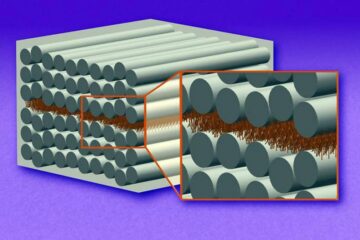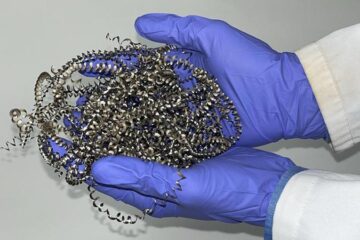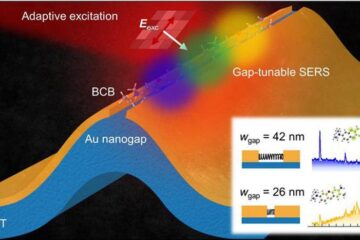New genetic techniques to combat lung cancer

In one report (Abstract No. 81O; Friday 25th April, 16:30), Israeli researchers from Rosetta Genomics (Nasdaq:ROSG), a biotech company developing microRNA-based technologies for diagnostic and therapeutic applications, describe a test that helps make crucial distinctions between types of lung cancer. The researchers show the method can accurately distinguish between squamous and non-squamous forms of non-small-cell lung cancer based on the levels of different microRNA molecules found in tissue samples.
MicroRNAs are short RNA molecules that regulate many cancer-related processes. “Recently, with the launch of new targeted therapies for non-squamous, non-small-cell lung cancer, the importance of accurate, objective diagnosis has taken center stage. The ability of physicians to accurately differentiate squamous from non-squamous NSCLC may be used as important treatment guide,” said Dr. Maya Gottfried, member of Rosetta Genomics Medical Advisory Board and head of the Lung Cancer Unit at Meir Medical Center in Kfar Saba, Israel. For example some treatments for non-squamous non-small-cell lung cancer can be deadly in patients with the squamous form of the disease. Researchers expect the test to be approved for use during 2008.
In another report (Abstract No. 106PD; Friday 25th April, 08:00), Italian researchers show that genetic analysis can help identify patients who are at high risk of relapse after surgery to remove lung cancer. Dr. Guido Natoli from Regina Elena National Cancer Institute in Rome reports that the three-gene 'signature' can help oncologists choose the best drug to treat with.
“The results are preliminary, but I think our signature may allow the oncologists to classify patients with stage I non-small-cell lung cancer who underwent curative surgical resection in high or low risk molecular category, beyond conventional predictors,” says Dr. Natoli.
His group's test includes the gene LCK, which is an important marker of immune cell anticancer activity, DUSP-6 which regulates a signaling pathway involved in cancer spread, and ERCC1, which is thought to be a significant prognostic and therapeutic biomarker in non-small-cell lung cancer. “By gathering these findings we can improve not only the prognostic stratification of patients, but also the choice of the more appropriate adjuvant drug after surgery,” Dr. Natoli said.
Media Contact
More Information:
http://www.esmo.orgAll latest news from the category: Health and Medicine
This subject area encompasses research and studies in the field of human medicine.
Among the wide-ranging list of topics covered here are anesthesiology, anatomy, surgery, human genetics, hygiene and environmental medicine, internal medicine, neurology, pharmacology, physiology, urology and dental medicine.
Newest articles

“Nanostitches” enable lighter and tougher composite materials
In research that may lead to next-generation airplanes and spacecraft, MIT engineers used carbon nanotubes to prevent cracking in multilayered composites. To save on fuel and reduce aircraft emissions, engineers…

Trash to treasure
Researchers turn metal waste into catalyst for hydrogen. Scientists have found a way to transform metal waste into a highly efficient catalyst to make hydrogen from water, a discovery that…

Real-time detection of infectious disease viruses
… by searching for molecular fingerprinting. A research team consisting of Professor Kyoung-Duck Park and Taeyoung Moon and Huitae Joo, PhD candidates, from the Department of Physics at Pohang University…





















